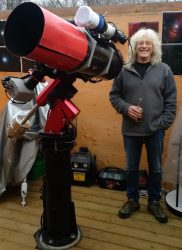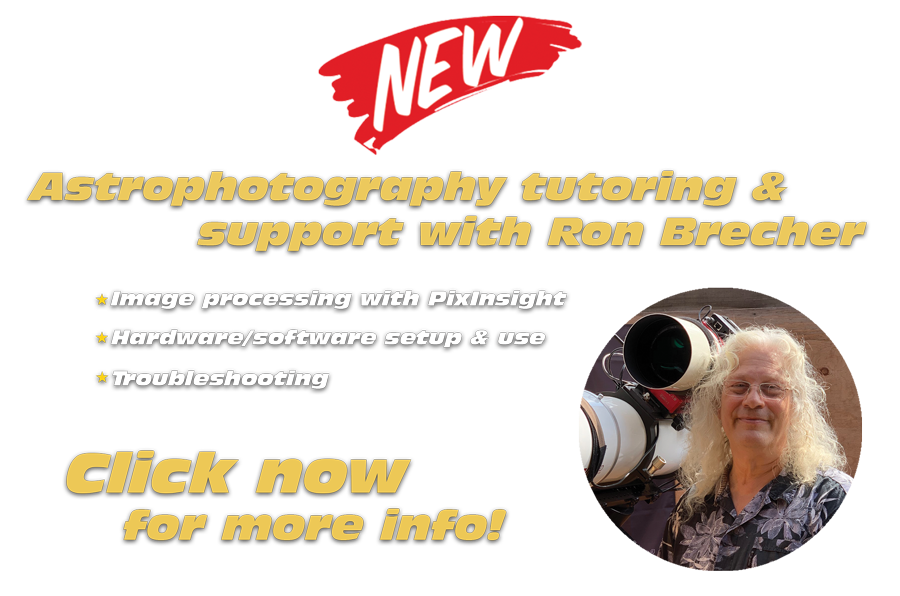The Sky is Full of Amazing and Beautiful Things!
Galaxies, Nebulae, Star Clusters, Sun, Moon, Planets and More…
 Astrophotographer Ron Brecher… I am working to master the art of astrophotography, shooting galaxies, nebulae, star clusters and more. I’ve used just about every digital camera and telescope design. My images are processed with PixInsight and have been published in print and online, used as CD cover art and beer labels. In addition to this website, I share my work at star parties and club events in Canada and the U.S., speaking on topics related to backyard astronomy and astrophotography. I’ve had several articles published in magazines like Sky & Telescope and Astronomy Technology Today. I’m available to review equipment for manufacturers, vendors and publications, and to help amateur astronomers get the most out of their equipment and image data. Contact me at [email protected] or via the comment page on this website.
Astrophotographer Ron Brecher… I am working to master the art of astrophotography, shooting galaxies, nebulae, star clusters and more. I’ve used just about every digital camera and telescope design. My images are processed with PixInsight and have been published in print and online, used as CD cover art and beer labels. In addition to this website, I share my work at star parties and club events in Canada and the U.S., speaking on topics related to backyard astronomy and astrophotography. I’ve had several articles published in magazines like Sky & Telescope and Astronomy Technology Today. I’m available to review equipment for manufacturers, vendors and publications, and to help amateur astronomers get the most out of their equipment and image data. Contact me at [email protected] or via the comment page on this website.


